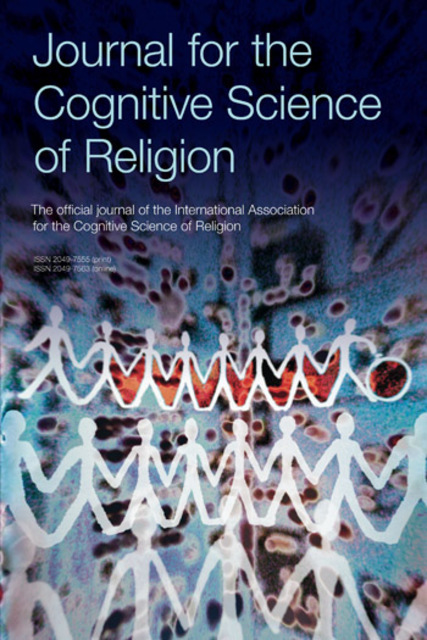The Contagious Muhammad Addressing Prophetic Relics in Islam from the Perspective of the Cognitive Science of Religion

Full description
This article utilizes a cognitive science of religion framework in approaching the cultural phenomena of relics from the prophet Muhammad in Islamic tradition. The basic arguments are that a contagion aspiration system that underlies the phenomenon of relics in general could hypothetically be construed as an evolutionary exaptation of a contagion avoidance system within a framework of social learning, and that the specific phenomenon of relics can be seen as a by-product of this exaptation. This explanatory model is used to make sense of two specific complexes of beliefs and practices: (1) the notion that physical contact with prophetic relics results in transfer substance, baraka, with this-worldly beneficial effect, and (2) the fact that prophetic relics throughout history has been used by political and religious dignitaries as a means to boost social prestige and authority.
- typeImage
- created on
- file formatjpeg
- file size114 KB
- container titleJournal for the Cognitive Science of Religion
- creatorJonas Svensson
- issn2049-7563 (Online)
- issue5.2
- publisherEquinox Publishing Ltd.
- publisher placeSheffield, United Kingdom
- rightsEquinox Publishing Ltd.
- volume
- doi
We use cookies to analyze our traffic. Please decide if you are willing to accept cookies from our website. You can change this setting anytime in Privacy Settings.
